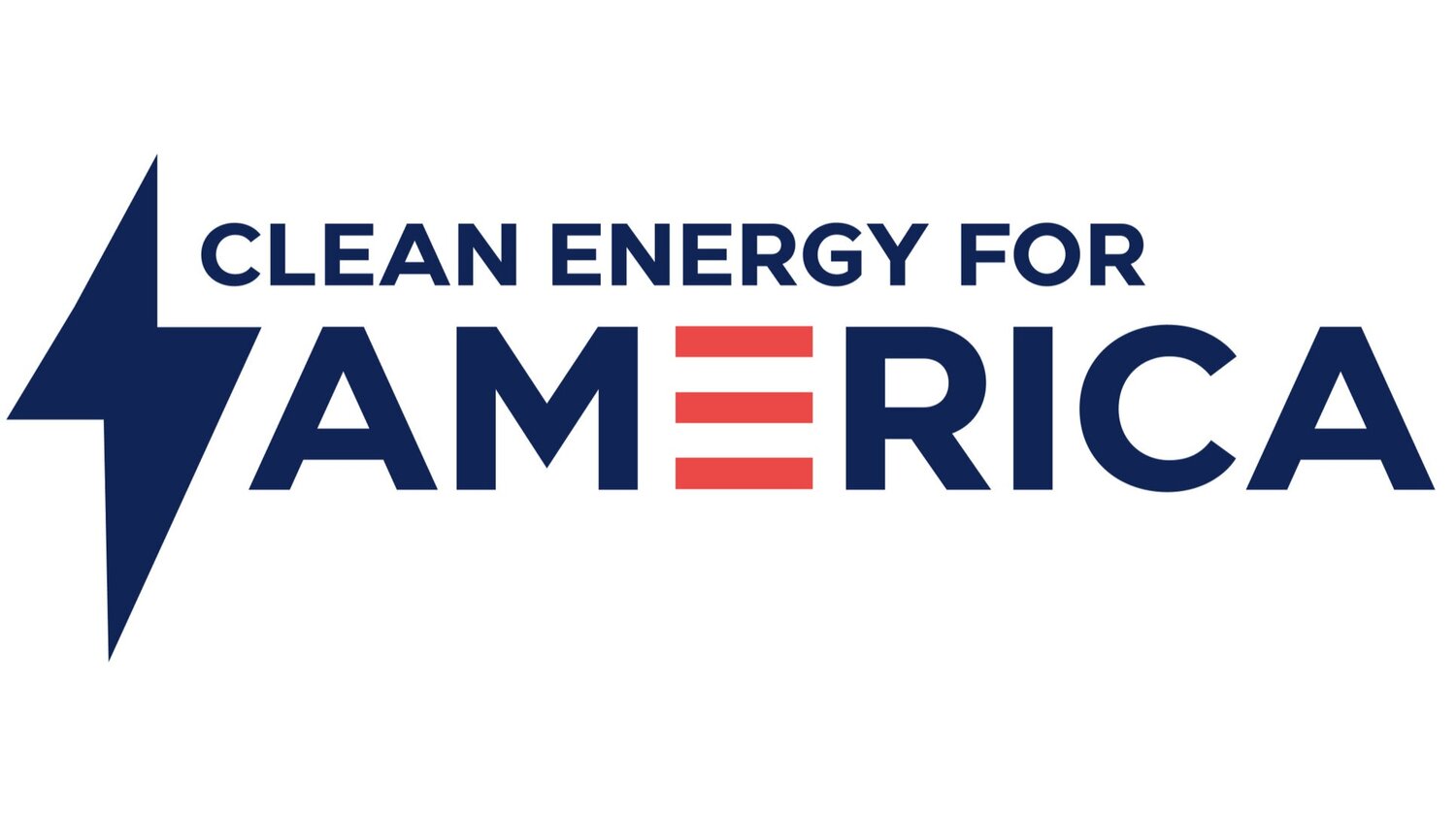Guest Blog: We Can Secure a Clean Transportation Future – But Only by Going Forwards
By Michael Callender, director of fleet solutions at Highlight Fleets
There’s never been a better time to replace dirty old school buses, and so I support the U.S. Environmental Protection Agency’s (EPA) new rules to promote cleaner trucks and buses.
In December, the EPA proposed the Clean Trucks Plan to curb pollution from heavy-duty vehicles, including school buses.
Federal standards help promote innovation. At Highland Fleets, for example, we’ve developed and deployed vehicle-to-grid chargers that charge buses – and send extra power to the grid. At companies like ours, more is possible with protections in place like the EPA’s clean bus and truck rules.
So no surprise, then, that evidence shows the EPA’s clean trucks rules will spur job growth. Adopting policies that expedite the electrification of trucks and buses could create “nearly 154,000 jobs in the United States.”
Plus, the rules can dramatically curb pollution and mitigate the effects of climate change. Trucks and buses are a major source of U.S. carbon pollution, which drives climate change. The transportation sector has contributed 27 percent of total climate pollution in the United States — more than any other single sector. Children and teens are among the most at risk for developing chronic pulmonary diseases from long-term exposure to vehicle-generated air pollution.
President Joe Biden’s Affordable Clean Energy Plan has provided billions of dollars to help communities ditch volatile fossil fuels and switch to cost-cutting clean energy. Now, the rules from EPA will further accelerate America’s transportation system into the future.
By making cleaner trucks and cars, we can dramatically curb pollution, especially for the “72 million people living near truck freight routes.” We can combat climate change. We can create good-paying jobs. And, we can promote innovation.
